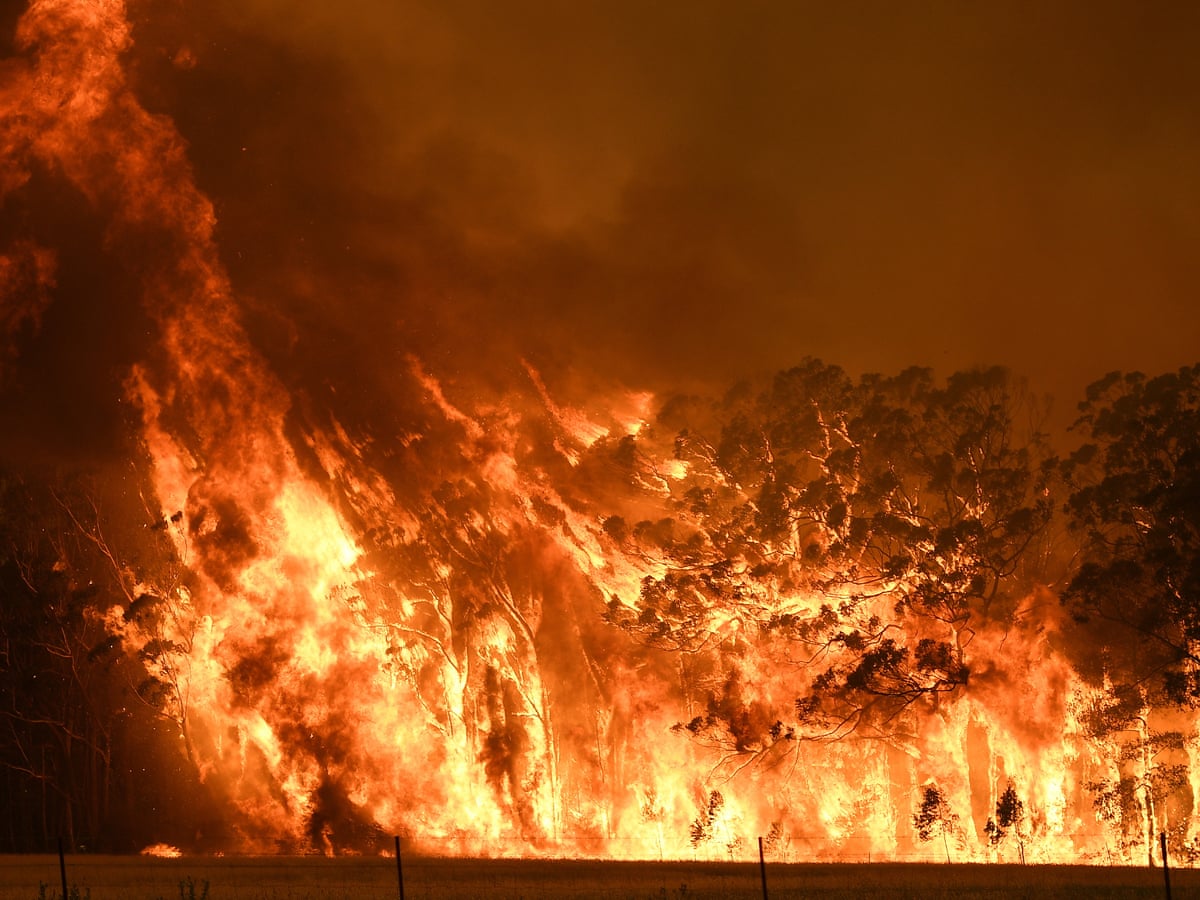Bushfire Risk Assessment Demystified: Exactly How to Analyze and Act on Your Outcomes
Wiki Article
Necessary Tips for Bushfire Monitoring to Ensure Fire Security

Understanding Bushfire Danger Degrees
Recognizing the varying levels of bushfire risk is necessary for effective preparation and prep work in mitigating possible threats to residential or commercial properties and lives. Bushfire danger levels are usually categorized based upon elements such as weather problems, gas schedule, topography, and historical fire behavior. By understanding these threat communities, individuals and levels can proactively carry out strategies to reduce susceptability and improve strength when faced with possible bushfire occasions.The first level of bushfire risk is reduced risk, where the possibility of a bushfire happening and causing considerable harm is marginal. High-risk levels indicate a significant risk, with problems favorable to fast fire spread and severe fire actions.
Recognizing these bushfire danger degrees makes it possible for stakeholders to tailor their preparedness and feedback actions appropriately, making certain a proactive and reliable method to bushfire management.
Establishing a Defensible Space
Efficient bushfire monitoring starts with developing a defensible space around properties to enhance security against possible fire threats. A defensible area is a buffer zone that produces an obstacle between a framework and the bordering combustible plant life. This area serves as an important line of defense, giving firemans a risk-free area to run and helping to minimize the danger of a fire spreading to the residential or commercial property.When developing a defensible space, it is important to consider the design of the residential or commercial property and the bordering landscape. Clearing up plants, especially highly flammable plants, within a certain span of the residential or commercial property can assist avoid the quick spread of fires. In addition, keeping a well-irrigated zone around the building can additionally improve its defensibility.
Regular upkeep of the defensible area is crucial to ensure its performance. This includes trimming looming branches, clearing dead vegetation, and keeping the area free of particles. By spending effort and time into establishing and keeping a defensible room, residential property owners can considerably enhance their opportunities of safeguarding their homes and properties throughout a bushfire.
Executing Fireproof Landscape Design
When developing landscapes to mitigate the threat of bushfires, incorporating fireproof elements is essential for improving property defense and decreasing fire threats. Applying fire-resistant landscape design involves calculated preparation to produce a defensible room around structures. Beginning by picking fireproof plant types that are much less most likely to stir up and create reduced levels of flammable materials. Select plants with high dampness content, reduced oil web content, and minimal dead greenery to reduce the danger of fire spread. Additionally, preserve adequate spacing between plants and keep them correctly pruned to stop fire from conveniently jumping between vegetation.
Creating an Emergency Situation Discharge Strategy
Establishing an extensive emergency situation discharge strategy is essential for making sure the safety and security and websites wellness of people during potential bushfire occurrences (Bushfire Management Plan). An efficient emptying strategy need to detail clear treatments to follow in the event of a bushfire threat, including marked discharge paths, assembly factors, and communication methodsTo begin developing an emergency discharge plan, it is important to evaluate the certain risks and susceptabilities of your area. Identify numerous evacuation routes that result in risk-free areas far from the fire, thinking about variables such this post as terrain, road access, and potential dangers. Develop communication networks to alert homeowners of an impending emptying, utilizing approaches such as alarms, text alerts, or door-to-door notices.
Frequently review and exercise the evacuation strategy with all residents or area members to make sure everybody comprehends their duties and duties. Conduct drills to test the efficiency of the strategy and make any needed changes. By having a well-prepared discharge plan in position, you can boost the chances of a safe and orderly emptying during a bushfire emergency situation.
Maintaining Fire Security Equipment
After establishing an extensive emergency emptying strategy for bushfire events, it is vital to prioritize the regular upkeep of fire security tools to make certain ideal performance and readiness. Normal maintenance of fire security equipment such as fire extinguishers, smoke alarm, fire alarm systems, and sprinkler systems is vital in protecting lives and residential or commercial property during a bushfire. When needed., performing routine examinations, screening, and maintenance of these gadgets by qualified specialists is vital to guarantee they are in working order.Fire extinguishers need to be checked frequently for pressure levels, visible damage, and correct functionality. By carefully keeping fire security devices, individuals can improve their preparedness and reaction capabilities in the navigate to this website event of a bushfire.
Conclusion
In conclusion, effective bushfire management includes comprehending threat levels, creating defensible areas, carrying out fire-resistant landscaping, creating evacuation strategies, and preserving fire safety equipment. By following these essential tips, people can ensure far better fire security and security for their neighborhoods and residential or commercial properties. It is very important to prioritize proactive measures to minimize the dangers related to bushfires and to be planned for emergencies.By comprehending the nuances of bushfire danger degrees, developing defensible areas, carrying out fire-resistant landscape design, developing detailed evacuation strategies, and ensuring the maintenance of fire security equipment, people and communities can considerably bolster their resilience against the ravages of wildfires - Bushfire Risk. These tips are not just critical for securing against immediate fire risks yet also for fostering lasting fire protection strategies that can make a considerable distinction in the face of escalating bushfire dangers
Risky degrees signify a substantial danger, with problems favorable to rapid fire spread and severe fire actions. Routine upkeep of fire safety tools such as fire extinguishers, smoke detectors, fire alarm systems, and sprinkler systems is essential in securing lives and home during a bushfire.In conclusion, efficient bushfire administration includes comprehending danger levels, developing defensible areas, executing fire-resistant landscaping, establishing emptying strategies, and keeping fire safety and security tools.
Report this wiki page